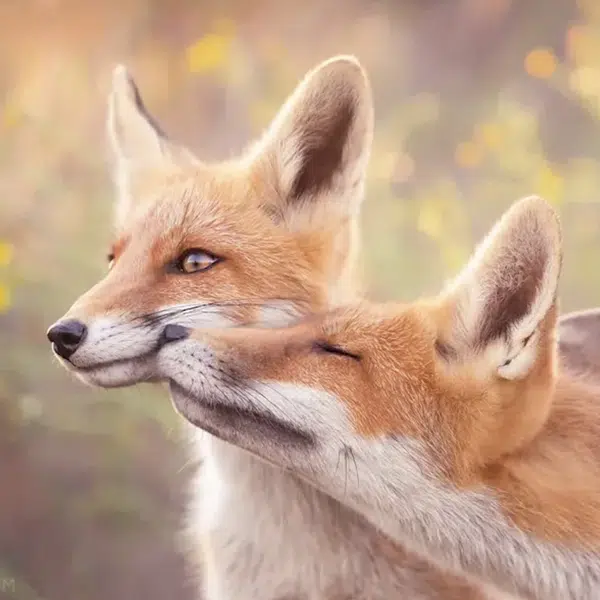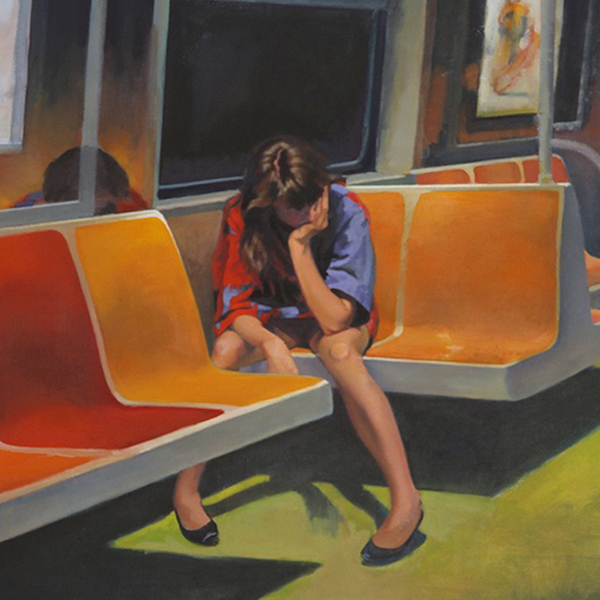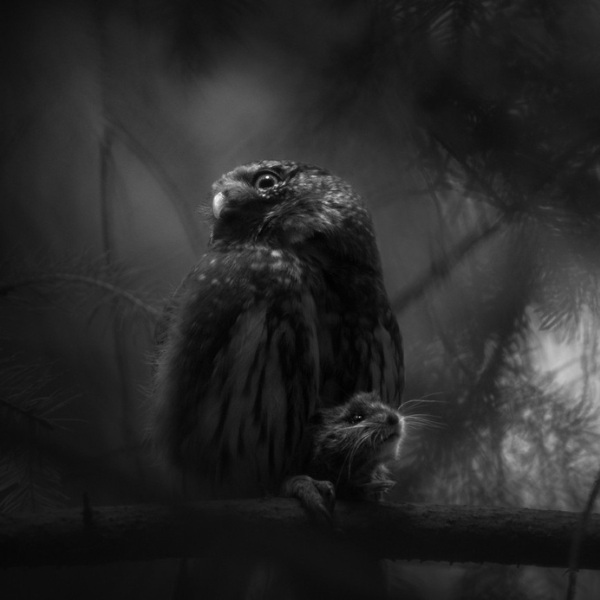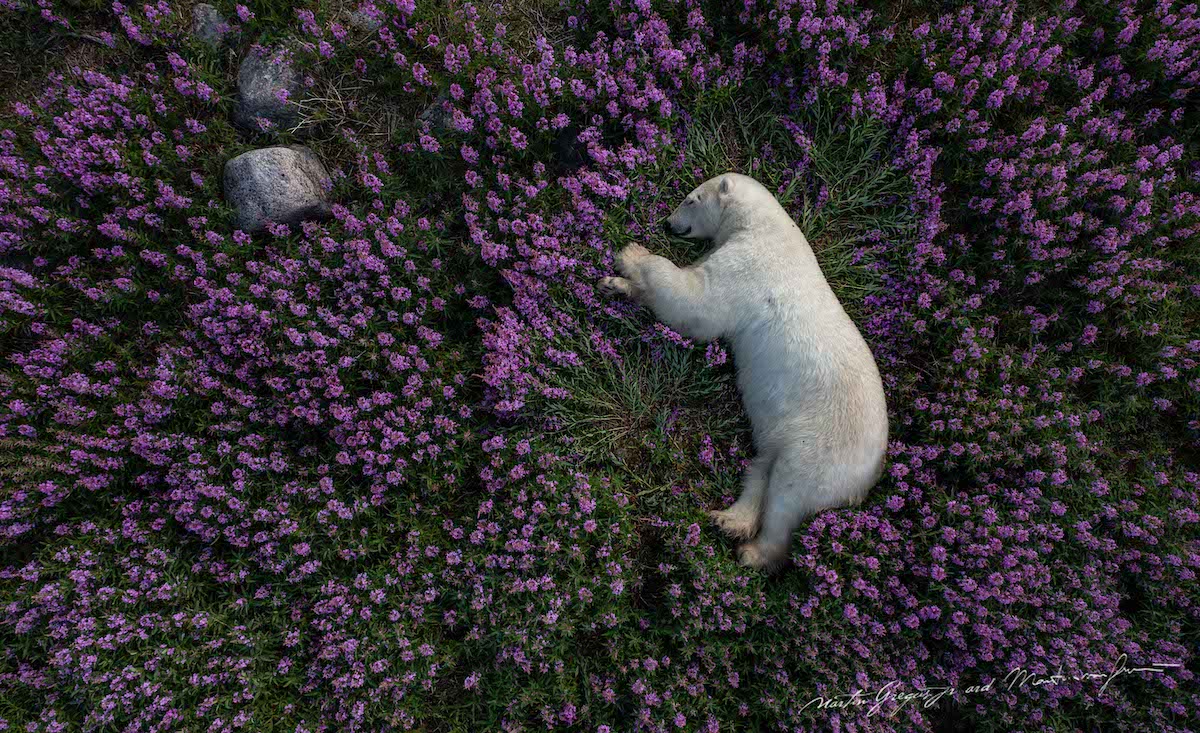
Slovakian-born, Canada-based photographer Martin Gregus has gained acclaim for his documentation of polar bears. After several years of camping expeditions in the Arctic, where he slept within range of the bears, Gregus set out on a new adventure. This time, he was looking to capture the polar bears during the summer in order to see what new creative possibilities the season would provide.
The results are a beautiful portfolio of images that build on Gregus' previous experience and give new insight into these majestic animals. Particularly striking are his photographs of the polar bears in fields of purple flowers. Here, we see them peacefully napping and simply taking in the environment. In one image, it even looks like the bear is breathing in the fresh air and enjoying the moment.
Seeing these bears so natural and relaxed as they go about their day can easily be credited to Gregus' diligence and determination. Together with his team, he persevered through Arctic conditions and, through his presence, cultivated a connection with the polar bears. We had a chance to speak with Gregus about his inspiration for the trip and learn more about his adventures in an exclusive interview. Scroll down to read My Modern Met's chat and, if you want to learn more about what went on behind the scenes, check out Gregus' short documentary about his trip.
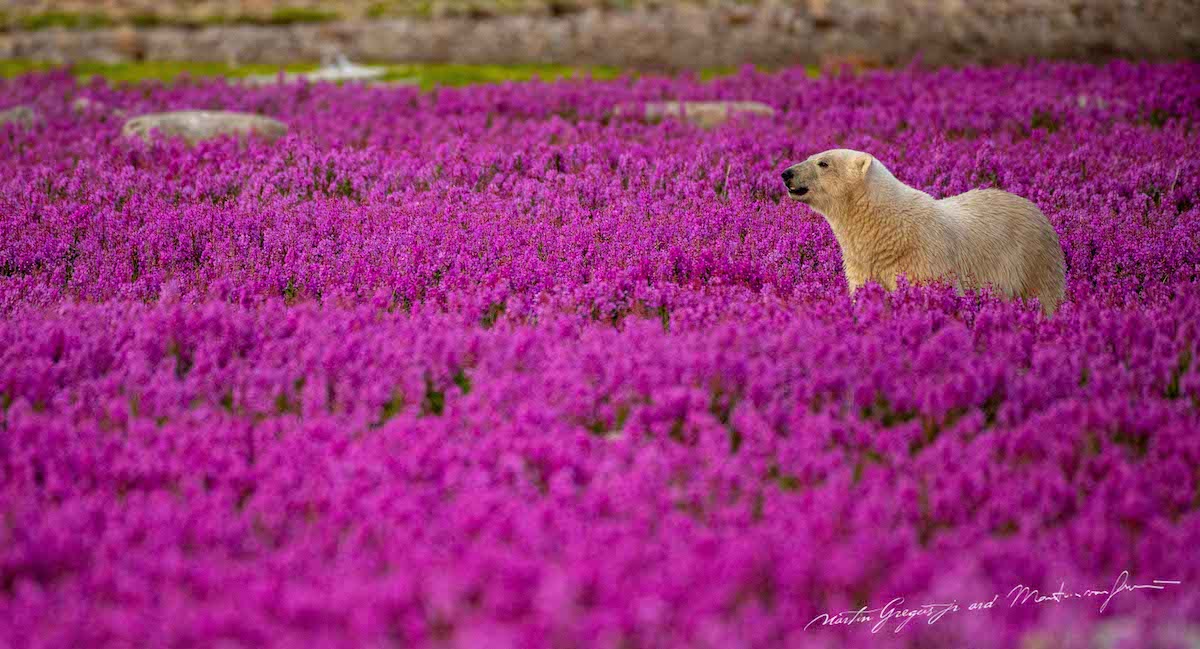
How did your journey with photography begin?
My journey into photography began over 19 years ago when we first moved to Canada. My father was a well-known photographer and designer in Europe, so I always had it somewhere in my blood I guess. Moving to Canada, my dad all of a sudden had a nine-to-five job and, therefore, more time to spend with me. At first, we would go and photograph people, planes, ships… and then being so close to nature, my passion turned to animals.
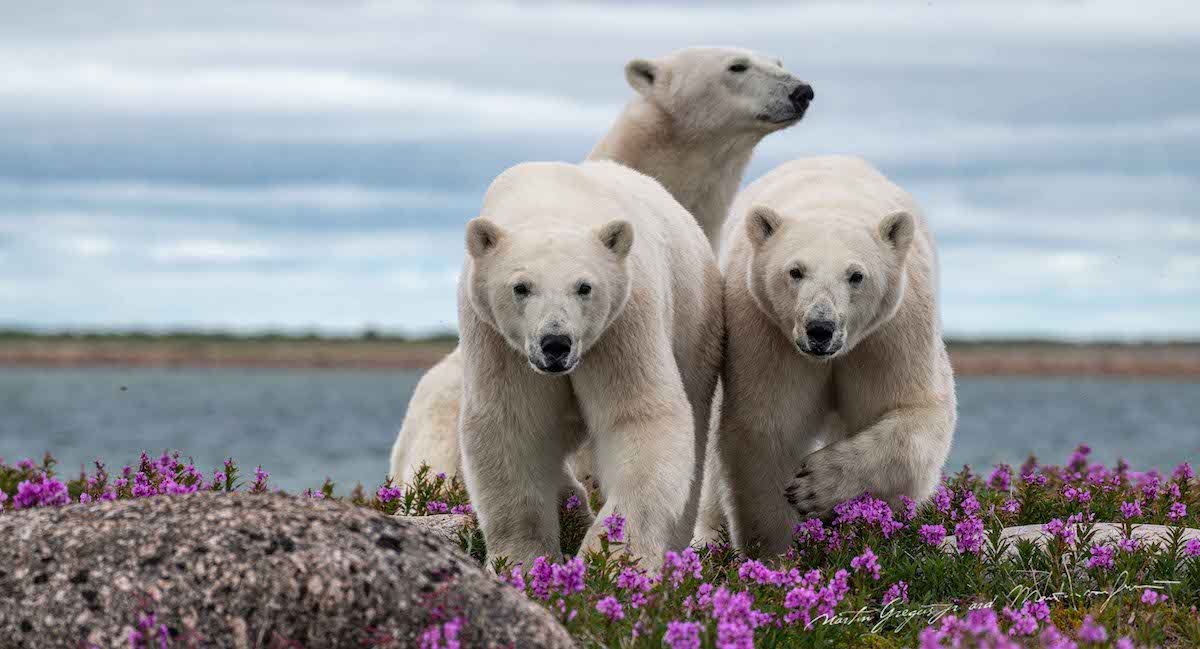
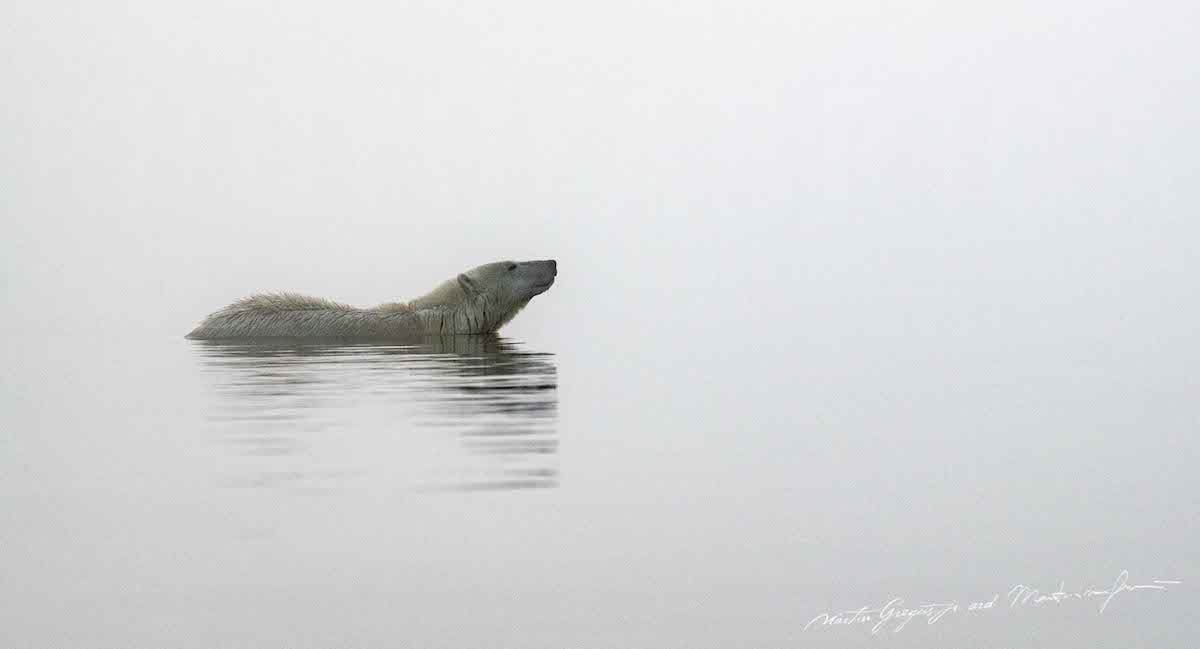
What attracted you to photographing wildlife and, in particular, polar bears?
From a very young age, I had a passion for animals. I would spend my entire childhood in the zoo with my mom, interacting with animals I got to feed and befriending the white rhinos and cheetah cubs. When we were not at the zoo, I was modeling the animals from clay out of memory.
Then, when we moved, I was surrounded by nature. So, naturally, as my passion for photography developed so did my passion for wildlife photography. Then in 2008 and 2010, I took home third place and a win in the Wildlife Photographer of the Year competition which solidified my faith. It wasn’t until 2015 that I traveled to the Arctic on another project and fell in love with polar bears.
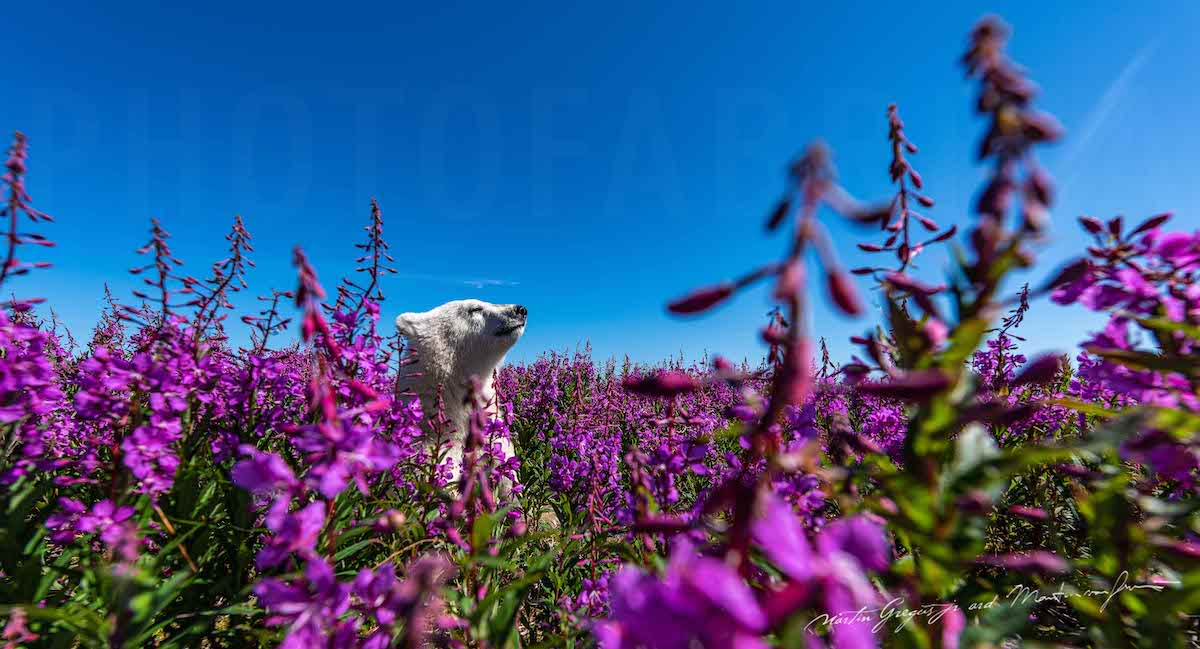
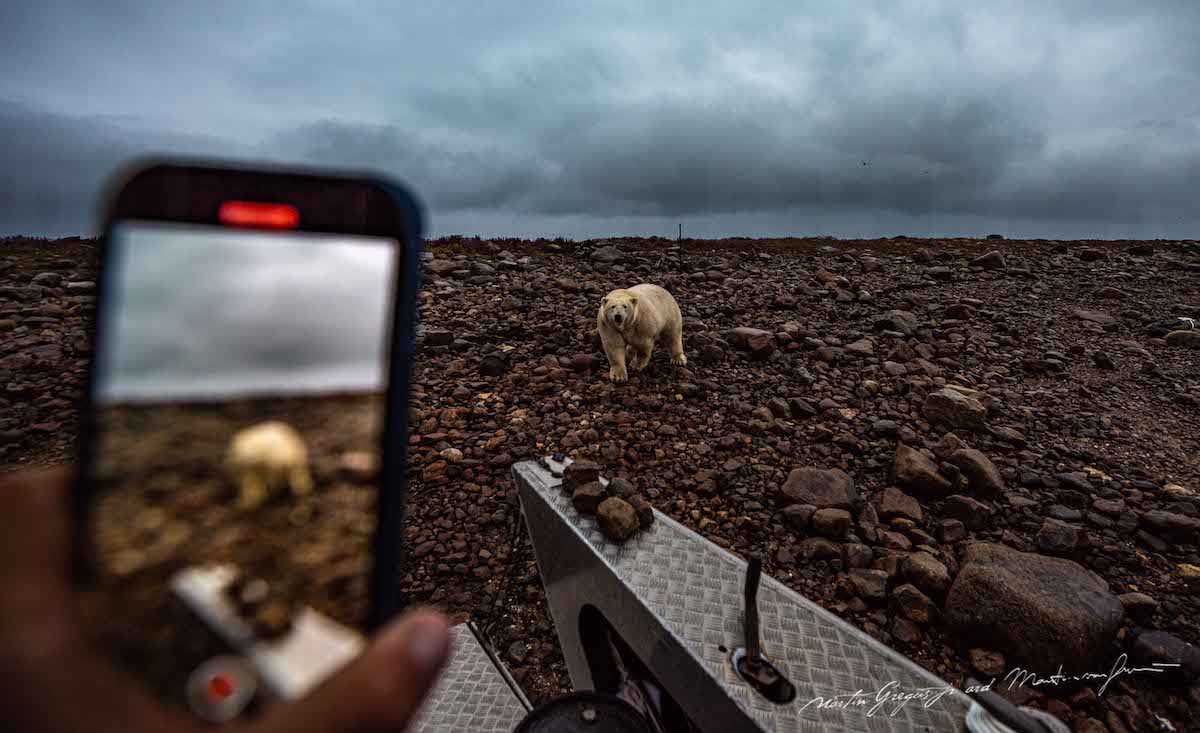
What inspired this series?
The inspiration came in 2015 when my dad and I were out on the water. We watched as a bear swam and underneath him, a pod of beluga whales played and blew bubbles. I knew I was filming something unique, and with that in mind came an idea: What if we documented these animals in the summertime?
Your work builds on your previous visits. What did you learn during those past encounters that helped make this series a success?
First of all, we learned how to be a little more comfortable. In 2020 when we went, our camp was only covered in the back, so we would constantly have to get up and monitor for bears. In 2021, we built our camp to be almost fully bear-proof so we could actually get uninterrupted sleep.
I also brought in a full truck of supplies, camera gear, and food. We even had a portable shower, but the wind blew it over on day two, and then a polar bear bit through the tank so that was short-lived. Aside from that, we were able to better prepare for the bears. I came with a whole new set of custom camera parts as well as a whole new list of ideas that we wanted to film.
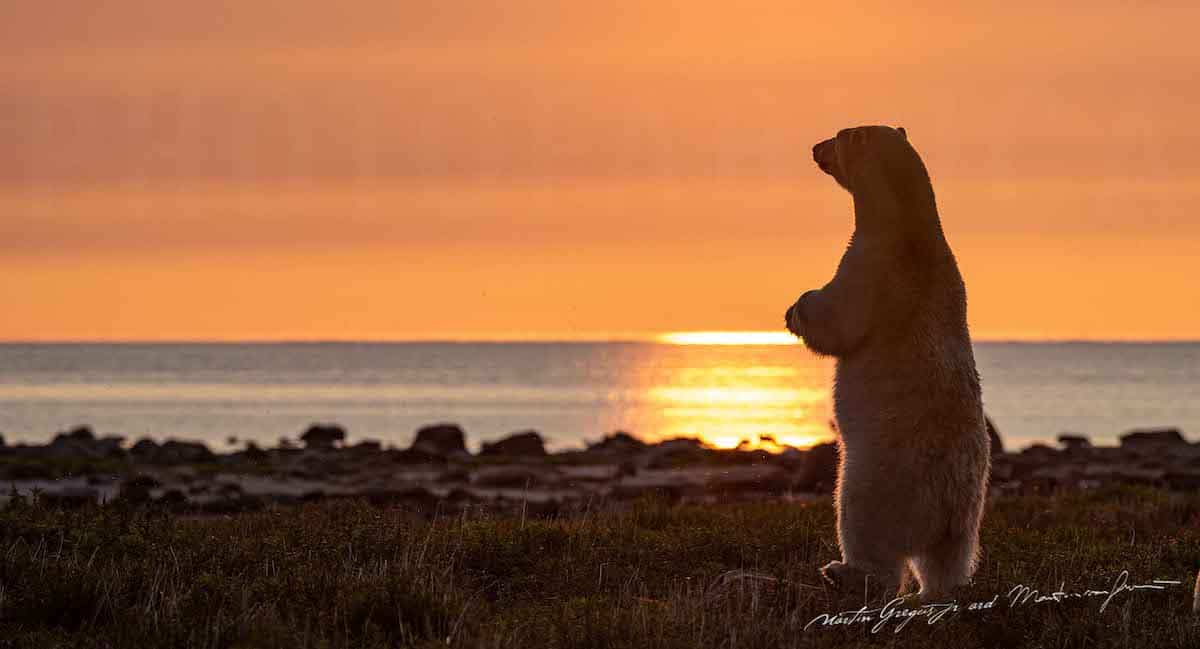
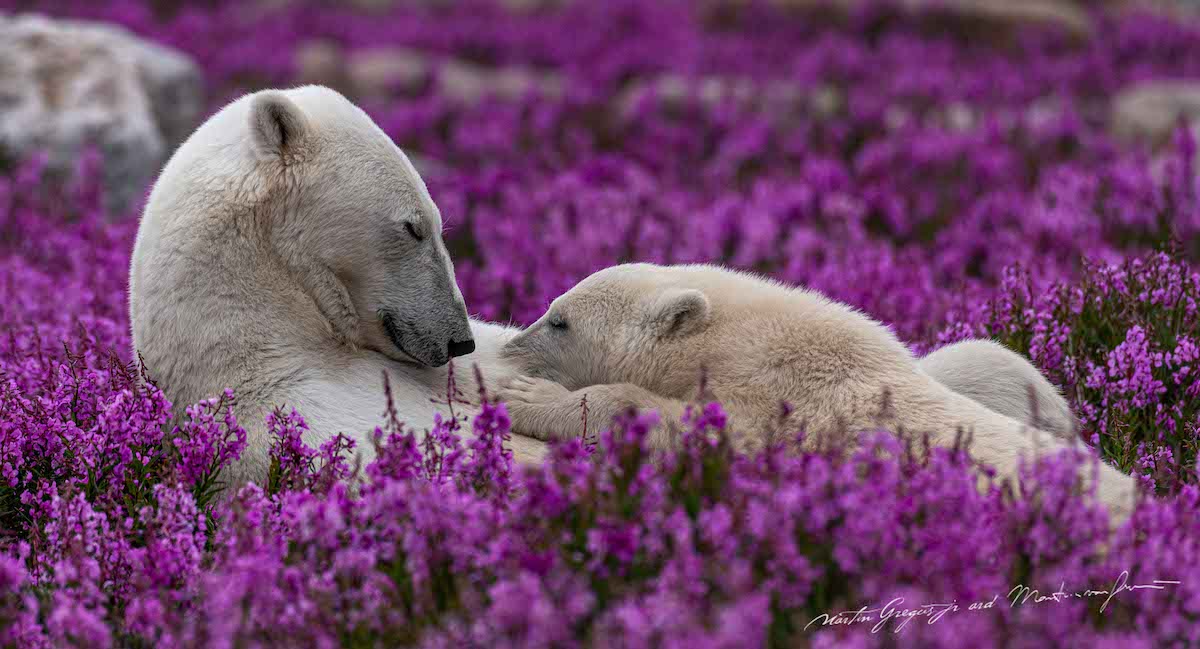
What was your biggest triumph during the shoot?
Ultimately the biggest triumph came when we got home and the story was published in some of the world's biggest magazines. But while we were there, the best stories came from the bears themselves. As they got used to our sounds and smells we could see them start to relax around us. The pinnacle of that relationship was watching a mom feed her cubs in the fireweed—an image that was on my list from day one.
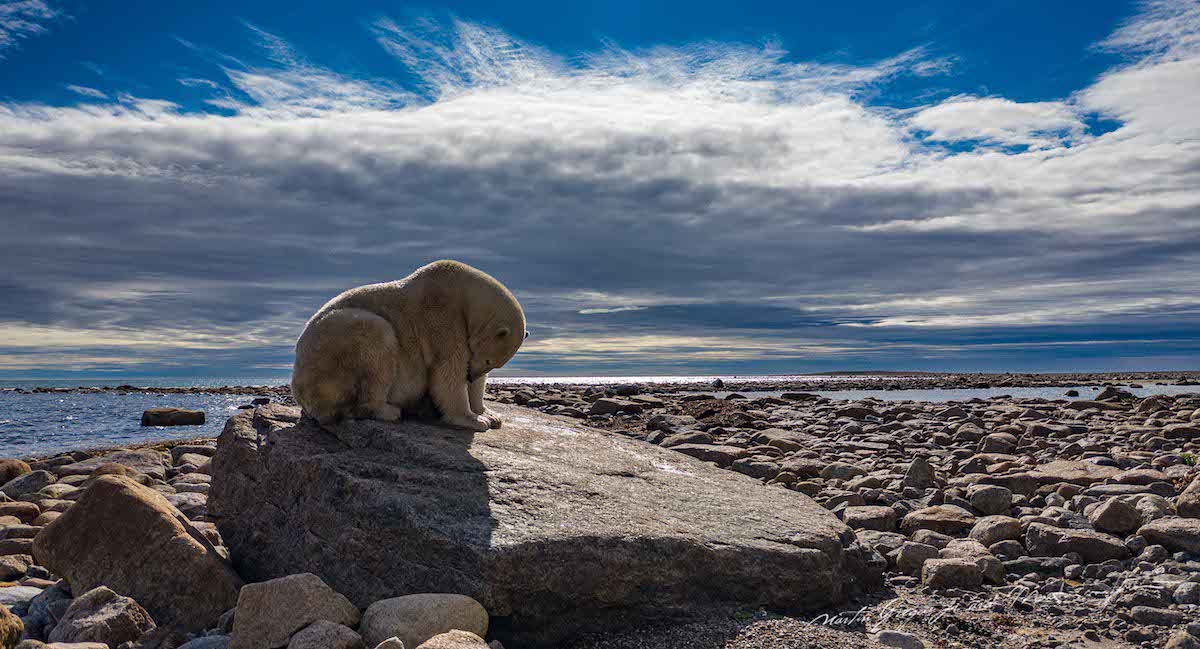
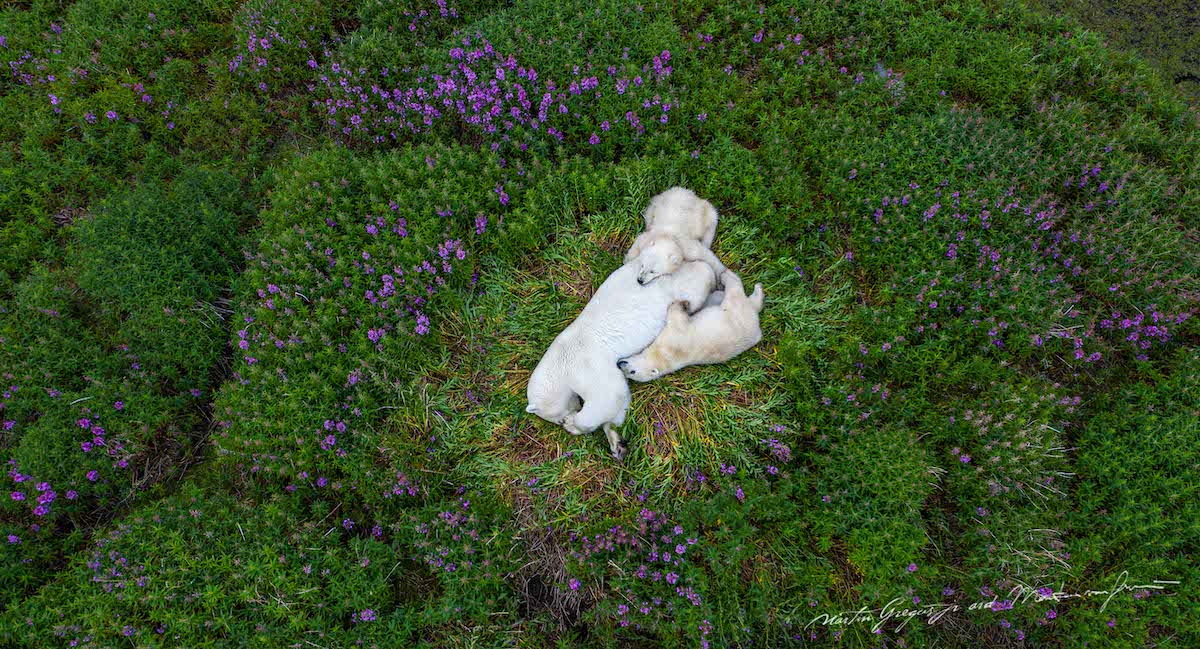
What was your biggest challenge?
As always, the biggest challenge didn’t come from the bears, but from the arctic environment itself. During the first five days of the trip in 2021, it was just me and my assistant Josh and it just so happened that these five days would be the most dangerous of not just the trip, but probably my life.
We constantly got tossed around in 80+ kilometers an hour [almost 50 mph] winds with gusts exceeding 100+ kilometers an hour [just over 62 mph]. The boat swayed, rocked, and often felt like it would break apart on the rocks. We fought to keep it parallel to the shore, but ultimately we gave up and hoped it would end soon. After five days it finally let up, but I can say with certainty that there were times on the satellite phone with my family when I wasn’t 100% confident we would make it through.
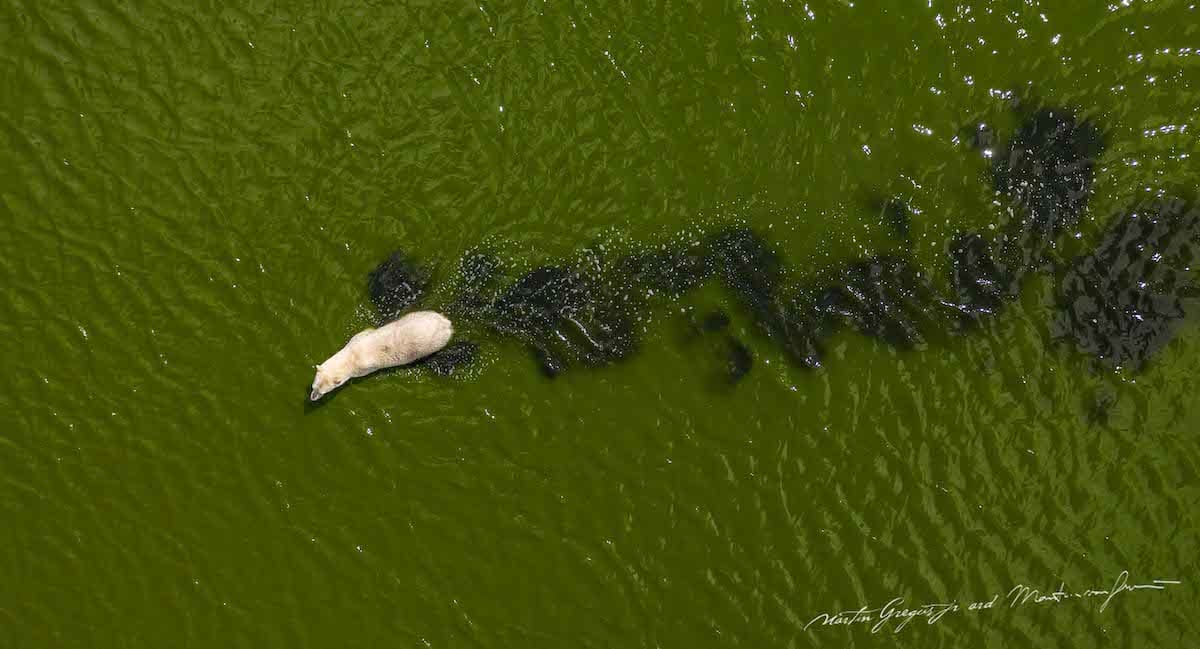
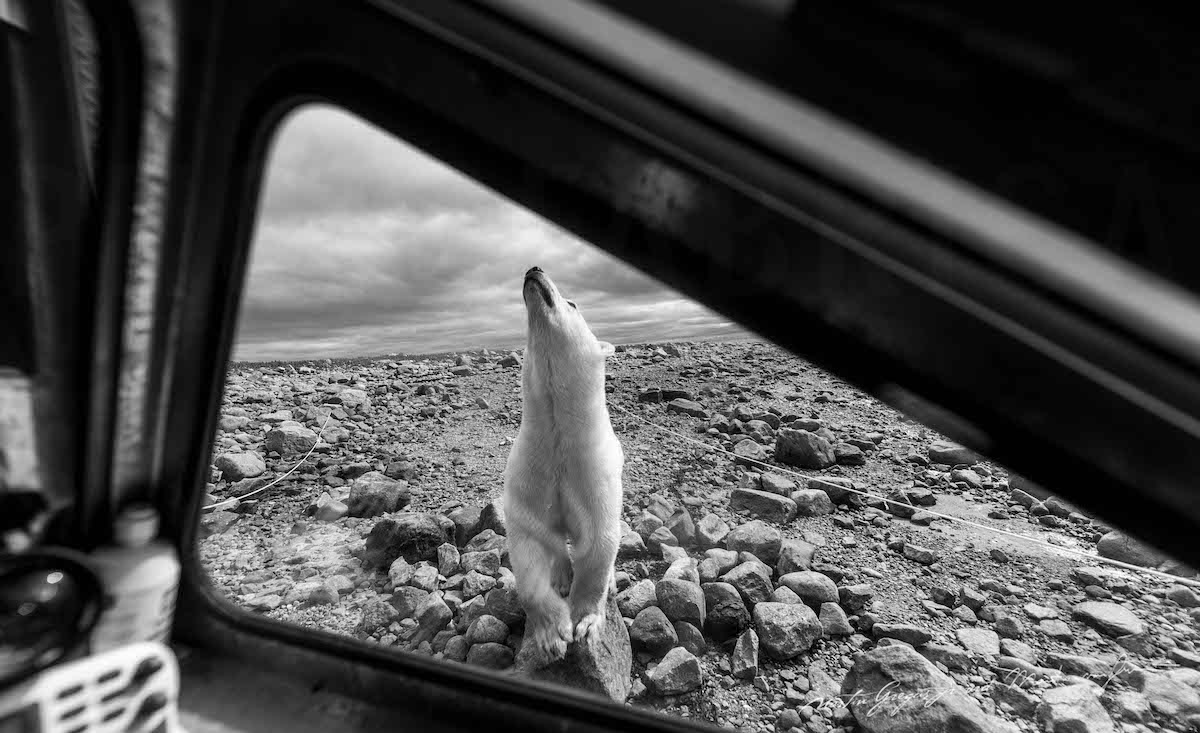
What do you hope that people take away from the work?
I hope people see my pictures and grow a little bit closer to our natural world and the polar bears. From what I can tell, this is already working. I get so many messages about how the bears have helped people through the toughest times, about how the videos are the calm they need to relax in their busy lives.
This is wonderful to see. The bears changed my life, they inspired me to be the best that I possibly can, and now they are inspiring the world to be the same. I just hope we can return the favor and protect them as much as they protected us.


















































































